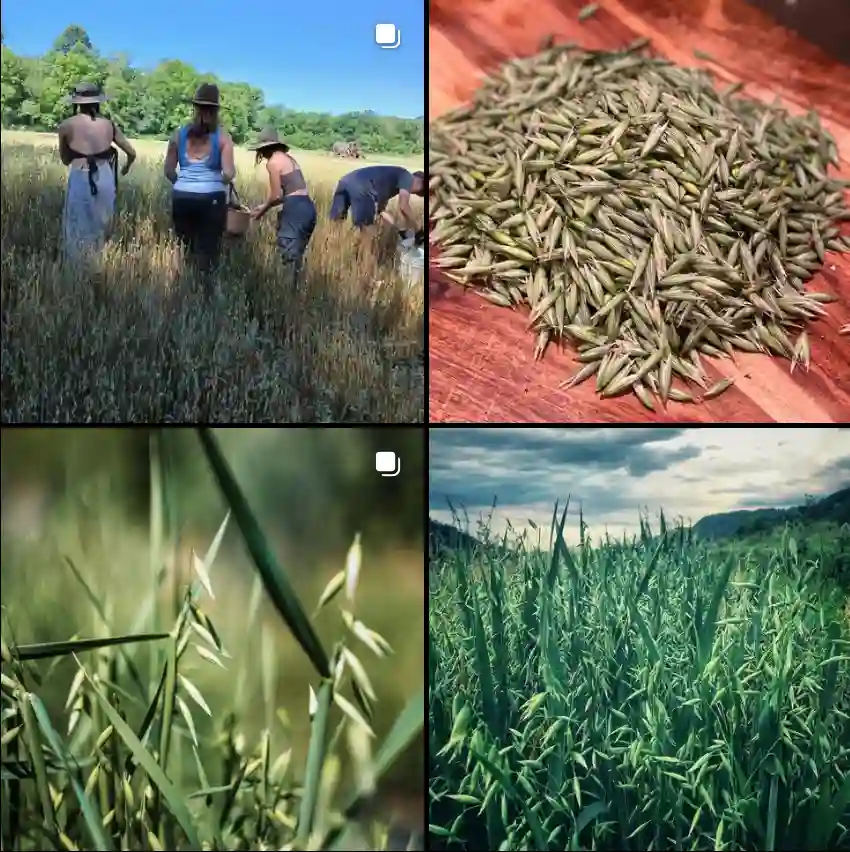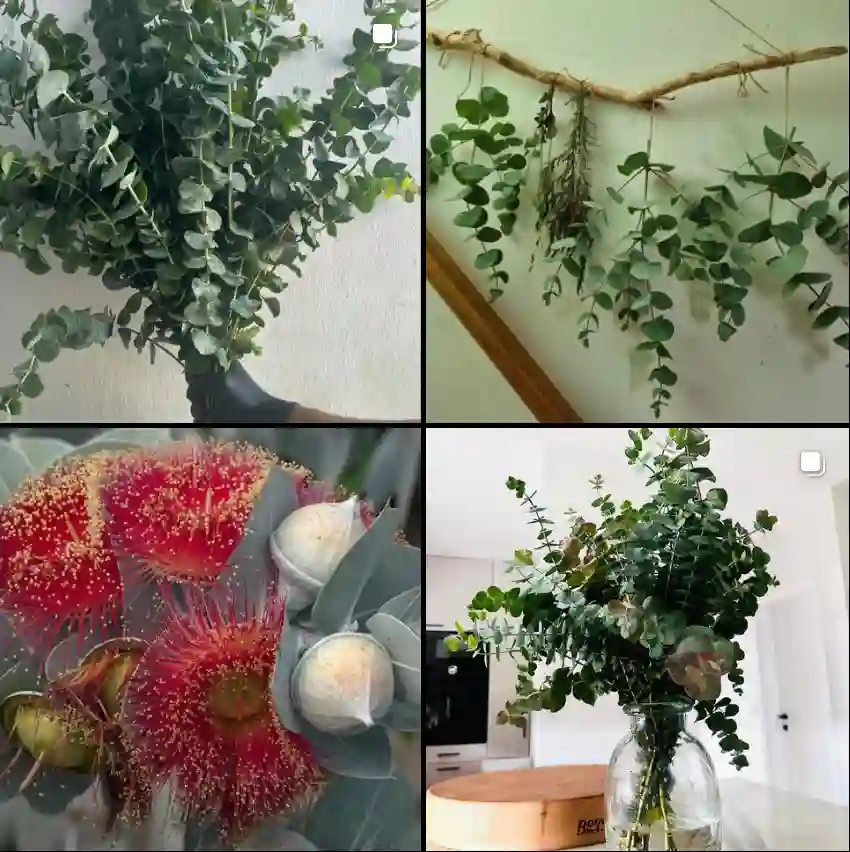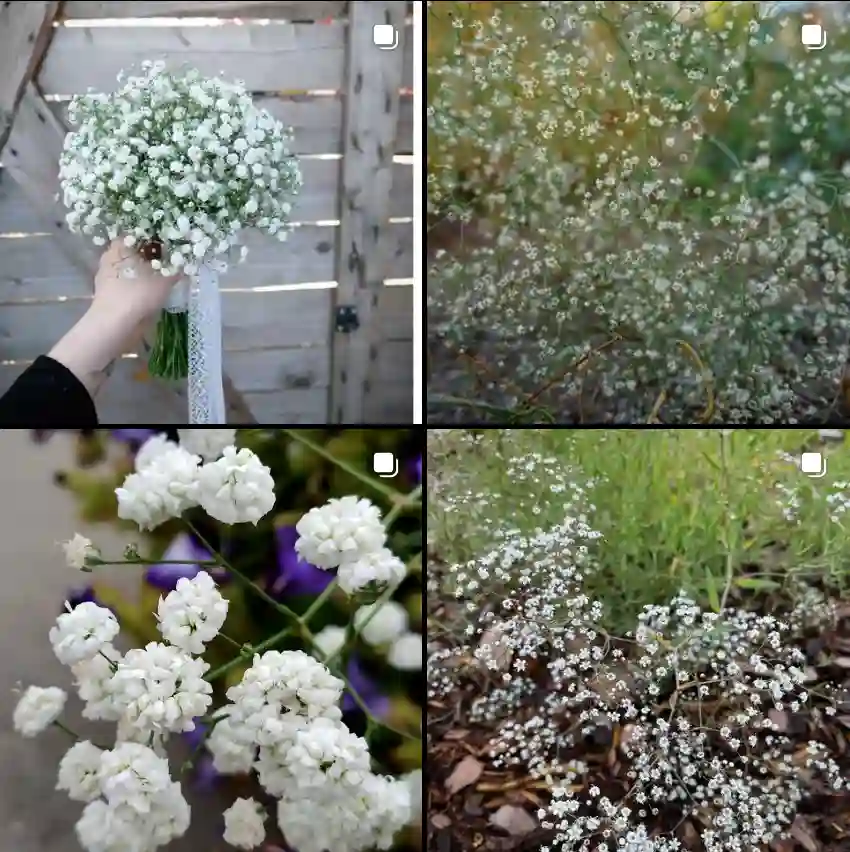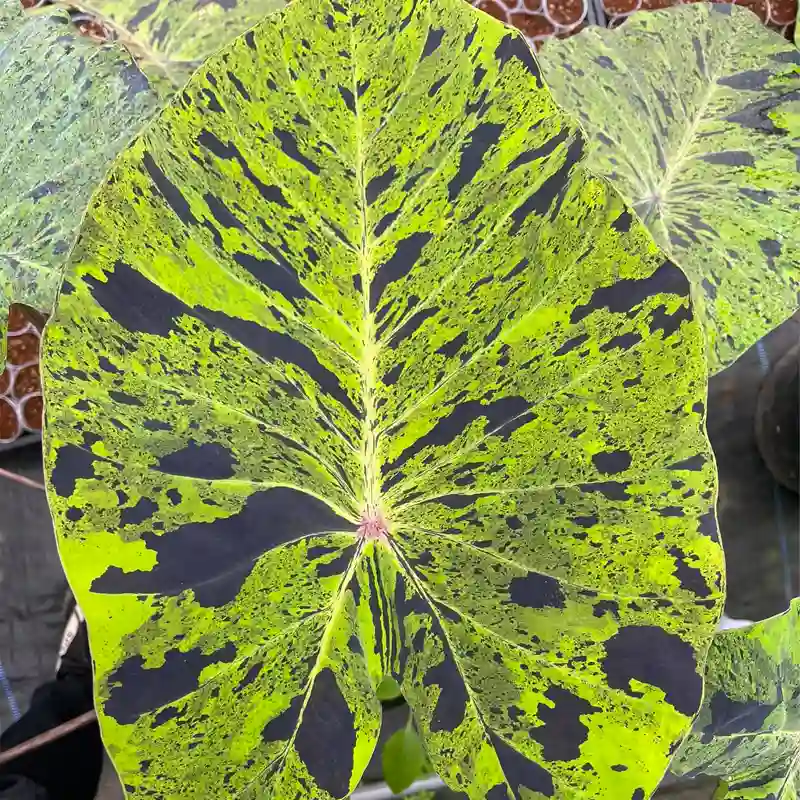What Is Camellia Magnoliaeflora?
Camellia Magnoliaeflora, often referred to as the Magnolia-Leaved Camellia, is a captivating plant that draws attention with its large, glossy leaves and beautiful blooms. I first encountered this species while exploring various Camellia plants, and it stood out for its unique foliage and stunning flowers. The Magnoliaeflora is known for its striking resemblance to magnolias due to its broad, leathery leaves, making it a desirable choice for gardens seeking a touch of elegance.
230 Species in Genus Camellia
How to Care for Camellia Magnoliaeflora?
Caring for Camellia Magnoliaeflora requires a bit of attention but is quite rewarding. Here are some key tips I’ve found useful:
- Sunlight: This plant thrives in partial shade. Too much direct sunlight can scorch the leaves, so I recommend placing it in a location where it gets filtered light or morning sun with afternoon shade.
- Soil: Well-draining, acidic soil is crucial. I use a mix of peat, pine bark, and sand to ensure good drainage and acidity. Avoid heavy clay soils, which can lead to root rot.
- Watering: Regular watering is necessary, especially during dry periods. However, it’s important not to overwater. I find that keeping the soil consistently moist but not waterlogged works best.
- Fertilizing: Fertilize in early spring with a balanced, slow-release fertilizer. I usually use one formulated for acid-loving plants to support healthy growth and flowering.
- Pruning: Light pruning helps maintain the shape and remove any dead or damaged branches. I typically prune after the blooming period to avoid interfering with the flower buds for the next season.
How to Propagate Camellia Magnoliaeflora?
Propagating Camellia Magnoliaeflora can be done through both seeds and cuttings. Here’s my approach to each method:
- Seeds: Collect seeds from mature pods in late summer or fall. I stratify them by placing them in a moist medium in the refrigerator for about 3 months. After stratification, sow the seeds in a seed tray with acidic soil and keep them in a warm, sunny location.
- Cuttings: Take semi-hardwood cuttings in late summer or early fall. I use a sharp knife to cut 4-6 inch sections from the plant and remove the lower leaves. Dip the cut end in rooting hormone and plant it in a mix of peat and perlite. Keep the cuttings in a humid environment and provide indirect light.
What to Plant With Camellia Magnoliaeflora?
Pairing Camellia Magnoliaeflora with complementary plants can enhance its beauty. Here are a few companions I’ve had success with:
- Hostas: Their shade tolerance and attractive foliage complement the Magnoliaeflora’s leaves nicely.
- Azaleas: These add vibrant colors in the spring, providing a beautiful contrast to the Camellia’s blooms.
- Ferns: They thrive in similar conditions and add a lush, textured backdrop to the Camellia’s bold foliage.
How to Use Camellia Magnoliaeflora in Landscaping?
I’ve found that Camellia Magnoliaeflora makes a stunning focal point in the garden. Here are a few ways I’ve incorporated it:
- Accent Plant: Its impressive foliage and flowers make it a perfect centerpiece in garden beds or borders.
- Hedge: When planted in a row, it can create a dense, attractive hedge that provides privacy and visual interest.
- Container Plant: It also performs well in large containers, which allows for versatility in placement.
Is Camellia Magnoliaeflora Toxic?
Camellia Magnoliaeflora is generally not considered toxic to humans or pets. However, while I haven’t encountered issues with toxicity, it’s always wise to monitor pets and children around plants to ensure they don’t ingest any parts.
Common Pests and Problems
Camellia Magnoliaeflora can occasionally face issues such as:
- Scale Insects: These pests can be problematic. I treat them with insecticidal soap or neem oil.
- Leaf Spot: Fungal diseases may cause leaf spots. I manage this by ensuring good air circulation and avoiding overhead watering.
- Root Rot: Overwatering can lead to root rot. I address this by improving soil drainage and adjusting watering practices.
Conclusion
In my experience, Camellia Magnoliaeflora is a remarkable plant that adds elegance and beauty to any garden. With the right care, propagation methods, and plant companions, it can thrive and bring joy for years to come. Whether you’re using it as a focal point or as part of a mixed planting scheme, its large leaves and beautiful blooms are sure to make a statement.
If i die, water my plants!



